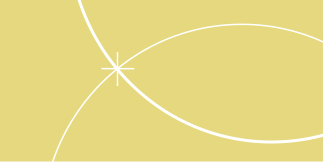Venous leg ulcers (VLU) are the most serious complication of venous hypertension. Venous origin approximately makes up 80-90% of wounds (MacGregor, 2013). MacGregor, 2013 and Kapp, Miller and Donohue 2013, suggest that between 1-2% of the population will develop a VLU at some time in their life, due to insufficiencies in the veins, skin condition changes, trauma, renal impairment and cardiac disease, all in which result in an accumulation of blood in the venous system. Velnar, Bailey and Smrkolj (2009) assert that VLU have a high rate of recurrence (69%, four or more episodes) and are considered to be a major health care problem. The estimated annual cost of treatment according to Kapp, et. al., 2013 is approximately $400 to $500 million annually. Practitioners strive to find a dressing that's efficient, increases wound healing rates and optimises patient's holistic care. The below case will discuss the use of HydroClean plus a dressing that did just that.
Case description
Mrs B, 88 year old female, scratched her leg, posteriorally putting on her class 2 compression hosiery. Mrs B is on warfarin therapy, and thought with using povidone iodine and first aid dressings, the scratch would heal. After four days, Mrs B was concerned the scratch was getting bigger, therefore attended a review. Upon review the scratch, was not healing as Mrs B usually would, so a punch biospy was recommended. The punch biospy revealed atypical carincoma with malignancy, and needed 3cm margins. Anteriorally, another suspicious lesion was removed, with the same result. Mrs B was admitted for a surgical skin graft, which was left post operatively for 10 days, resulting in 100% necrosis and failure of the skin graft. These areas were excuriating for Mrs B. Targin, Panadol Osteo and Endone were not taking away her pain. She was confused, and not sleeping.
Discussion/Conclusion
Being unable to conservatively sharp debride due to pain, autolytic debridement using HydroClean Plus was utilised. In the core of HydroClean Plus, bacteria are killed by the antiseptic polyhexanide (polyhexamethylene biguanide or PHMB) and remain encased in there. Resulting in autolytic debridement for up to 72 hours. As per the photos below, the results were outstanding in 10 days. The treatment meant the patient could be independent, pain free within her own home, with 2-3 day dressing changes. This was cost effective for the patient and the practitioners.
